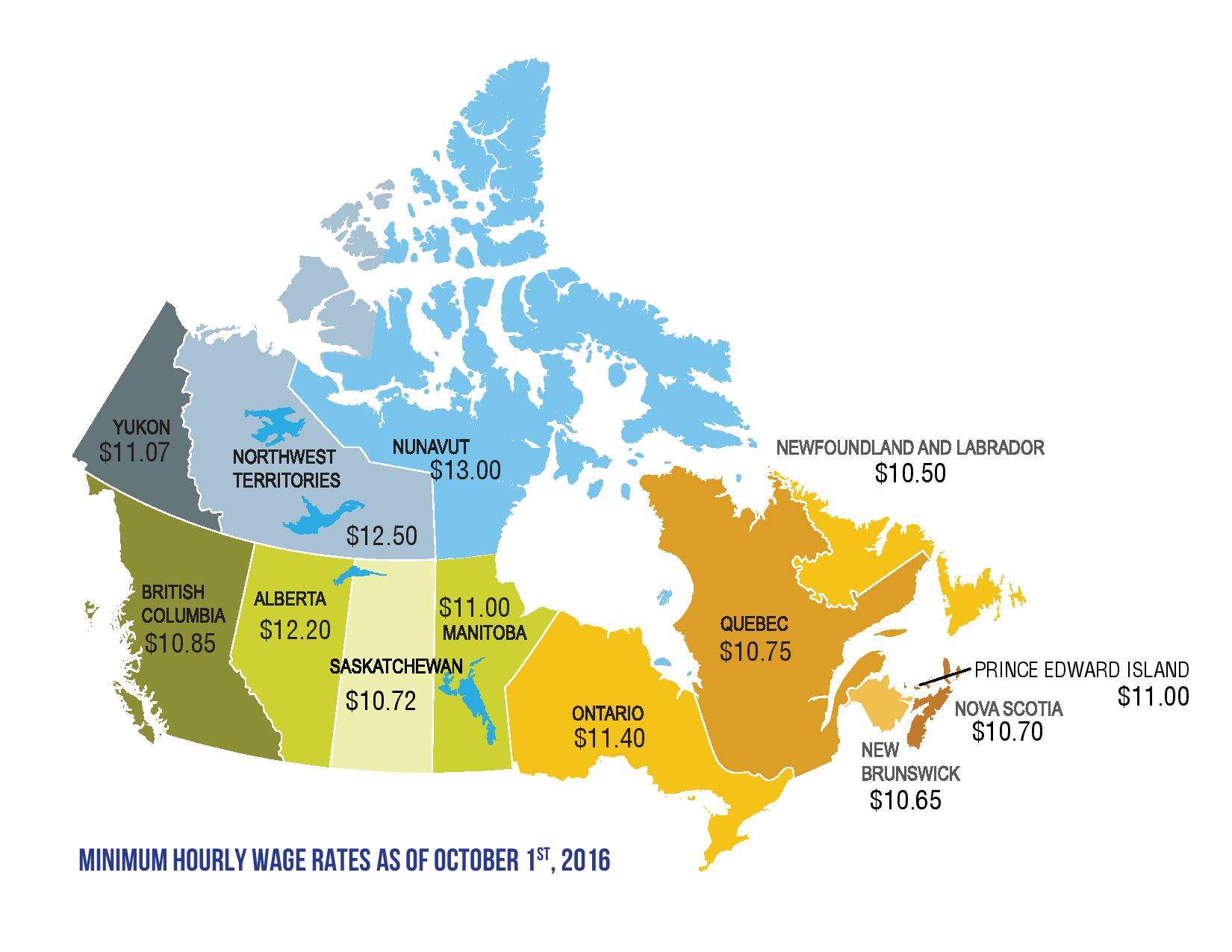“It’s very concerning,” said Neil Currie, general manager of the Ontario Federation of Agriculture. “Abattoirs and food and beverage manufacturers are going to struggle.”
Producers will have to examine their situations based on affordability, suggests Currie.
“If there’s a general inflation in labour costs, (farmers) will look at ways at minimizing labour inputs,” Currie said, adding that horticulture producers could consider further mechanization or shifting their focus to a non-labour-intensive crop.
“We’ve seen the issue in greenhouses, which still require a significant amount of labour. But because of input costs, including labour, some greenhouses are moving out of the province.”
Nobody working on Ontario should live in poverty, Premier Kathleen Wynne said in a May 30 statement announcing the wage increases.
But raising wages doesn’t necessarily guarantee poverty reduction, says Currie.
“It invokes inflationary pressure in the whole economy,” he said. “Raising minimum wage can have potential adverse impacts on employment.”
As of October 1, 2016, the highest minimum wage is $13.00 per hour in Nunavut. The lowest is in Newfoundland and Labrador at $10.50 per hour.

Photo: Retail Council of Canada